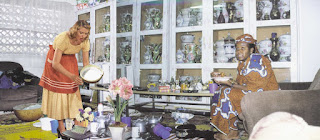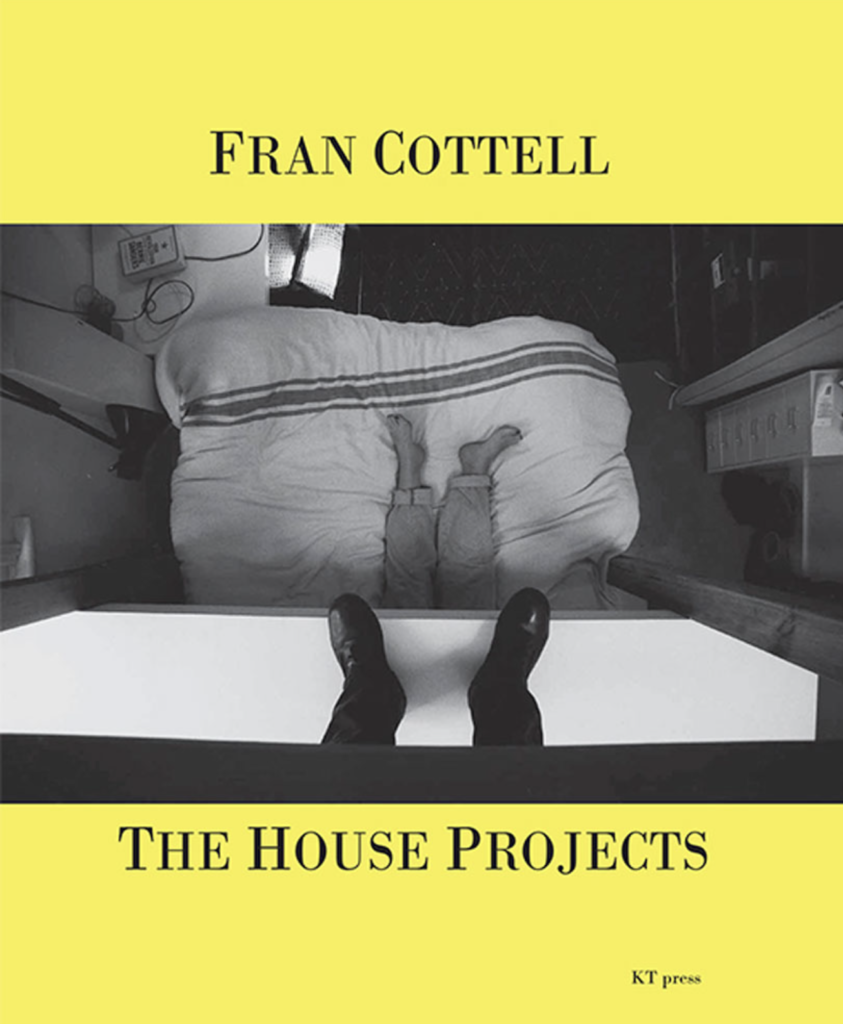I’d like to delve deeper into the issue of women’s time poverty.
The Secret Tax on Women’s Time highlights that in addition to the well-known “pink tax”—where women’s personal care products cost 13% more on average than men’s—women also face a hidden tax on their time. This manifests as a global lack of daily free time, disproportionately affecting women. This insight prompted me to reflect on the causes of time poverty from two interconnected perspectives related to women’s social and domestic roles.
Time Poverty Across Different Female Roles
Women’s experience of time poverty also varies significantly based on marital status. Single women encounter physiological pressures to remain productive professionally and socially, despite bodily discomfort, alongside societal pressures toward marriage. Married women experience additional unpaid domestic and caregiving responsibilities, leading to the “second shift” phenomenon that significantly limits their personal leisure time.
Case Study: Tuggar’s Digital Montage
Tuggar’s digital montage, which juxtaposes African domestic workers with Western middle-class figures—as seen in Lady and the Maid (2000)—reveals deep-rooted socio-technical structures and hierarchies. Although not explicitly time-centric, the work exposes divisions of labor and class often embedded in gender expectations. Inspired by this, I proposed an exhibition structure that also uses contrasting domestic spaces to highlight the emotional and temporal costs borne by women occupying different social roles.

Lady and the Maid, inkjet, 2000.
Aesthetic Discipline under the Visual Gaze
Society’s strict regulation of women’s appearance is manifested through the visual gaze, which compels women to manage their looks under constant self-monitoring and social scrutiny. In East Asian patriarchal cultures, developmental shame and appearance expectations pressure women to conform to unrealistic beauty standards, leading them to devote significant amounts of time to grooming, body management, and cosmetic practices. This gaze is, at its core, a form of power control.
Artist of the Week – Fran Cottle: Curatorial Reflection
Fran Cottle’s House Project prompted me to examine the boundaries between the private and public spheres and the realities of everyday life. Her approach transforms intimate living environments into critical spaces, challenging traditional conventions of artistic display. Everyday objects and the chaotic conditions of domestic life become materials worthy of contemplation and exhibition. Drawing from this insight, my exhibition can similarly deconstruct personal daily routines—such as beauty rituals and domestic labor—into public dialogue, encouraging viewers to re-evaluate their perceptions of gender roles and time distribution within domestic settings.

Fran Cottell: The House Projects, 2021
Reference:
Fatima Tuggar’s Lady and the Maid (2000): https://blackwomenmakeart.blogspot.com/2020/02/fatimah-tuggar.html
Fran Cottell: The House Projects, 2021: http://www.francottell.com/artwork/fran-cottell-the-house-projects
Mulvey, L. (1975). Visual Pleasure and Narrative Cinema. Screen (London), 16(3), 6–18. https://doi.org/10.1093/screen/16.3.6


10 February 2025 at 18:18
Hi Shumaio. In your first post you state “in ancient times, curation was like alchemy, used to sell beliefs” this is interesting but you must critically support all your ideas with references, quotes where relevant., otherwise it is too general and sweeping.
In the Week 2 post, it’s good to see you link the group discussion to the development of your SICP. The theme you discuss, of female experience in East Asia, is engaging: you offer two sources, which is good, but more unpacking of these critical references would strengthen the research aspect of your Blog further. The same applies in the Week 3 post. Good to see bibliograhies to end of posts, you can include exhibitions, artists as well as texts.
You make only brief mention of the collective work that is done in Planning Meetings: you need to review and reflect on the collective work, link it to you own project where relevant and add independent research that expands on the tasks/discussions. It is also very important to add content that contextualises your independent project research in relation to the content and key ideas raised by course materials and weekly lecture themes. This can be with references to set readings, thinker/curators introduced, case study examples of arts organisations, arts practice etc from the lectures. You then show how this has informed your own work.
Presentation: You use headings for your posts that include an editorial line and the week, good (though make sure they are accurate, Terry Smith was Week 2). Good to see you adapt the format/layout of the post to a personal choice, a more magazine style. Consider using sub-headings strategically in the post (you start to do this in the Week 3 post); format key terms/ideas (eg bold). Use images or similar (diagram/sketch etc) in each post, make sure you add them s at a reasonable size to work effectively to visual communicate your point ; take care to give all information necessary when you cite research (eg caption images fully so we know what we are looking at, and tie this in with references in the text (see Figure xxx).
Overall, you need to add more content, more frequently, than you are doing in order to fully achieve the learning outcomes.